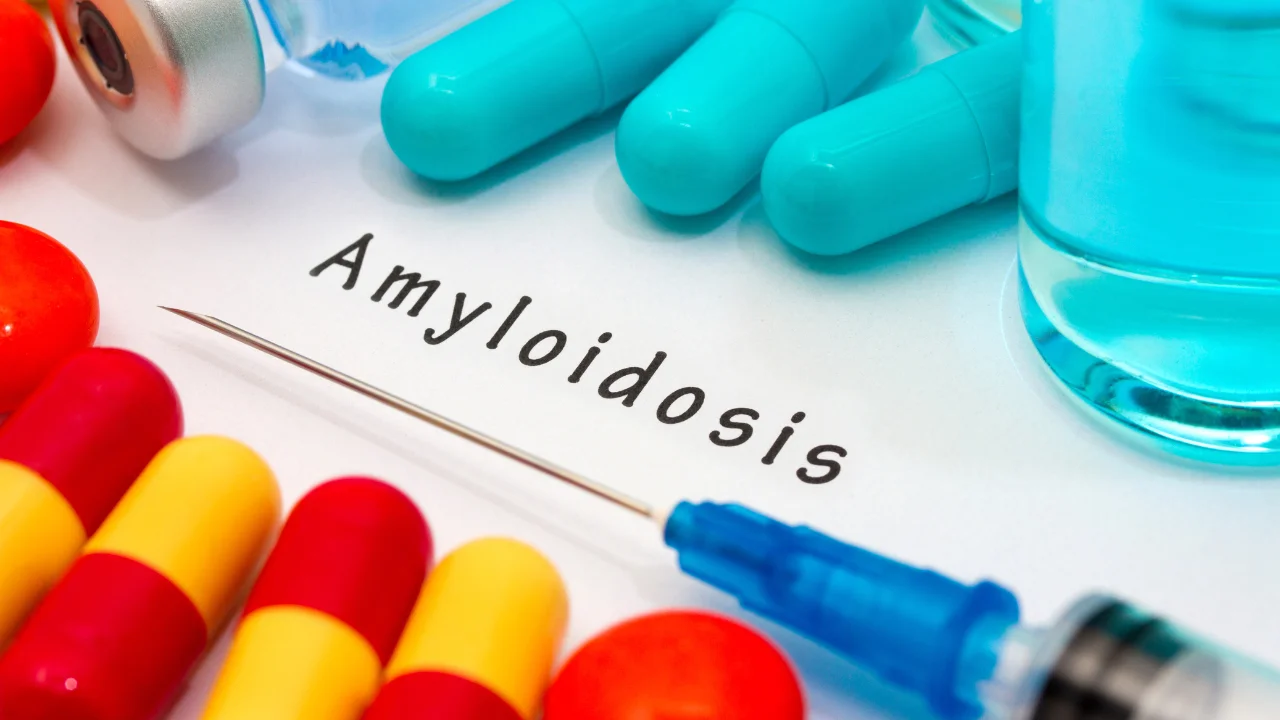Scientists have successfully constructed a 2D protein monolayer by assembling lysozyme molecules. Lysozyme is a model protein frequently used in the study of diseases such as Amyloidosis.
This innovative development involves arranging lysozyme molecules in a single layer, creating a 2D structure. The fabrication of this protein monolayer could have potential applications in various fields, particularly in advancing our understanding of protein behavior and diseases related to protein misfolding.
More About the News
Researchers from the Institute of Advanced Study in Science and Technology, Guwahati (IASST), an autonomous institute in North-East India under the Department of Science and Technology (DST), have successfully assembled lysozyme molecules into a 2D monolayer at the interface of a pure aqueous subphase. Dr. Sarathi Kundu, Associate Professor, and Himadri Nath, a Junior Research Fellow, led the research group in utilizing the Langmuir-Blodgett (LB) technique to investigate the behavior of lysozyme molecules at air-water and air-solid interfaces. Lysozyme, being a model protein, aids in understanding diseases like Amyloidosis, which can lead to multi-organ dysfunction.
Publication link: https://doi.org/10.1039/D3RA03710J
Physical Properties of Lysozyme
- The research, recently published in RSC Advances by RSC publishers, delves into the investigation of the physical properties of lysozyme molecules at the air-water interface under varying surface pressure and subphase pH conditions.
- The compressible behavior of lysozyme monolayers was correlated with the formation of stripe-like domains as surface pressure increased.
- Studying lysozyme molecules at the air-water interface, along with their structural changes in variable pH conditions, serves as a model system for understanding Amyloidosis disease, which is associated with the misfolding and agglomeration of lysozyme molecules.
- The closely packed lysozyme monolayers formed at the air-water and air-solid interfaces using the Langmuir-Blodgett method provide a platform for studying various chemical and physical properties in a 2D protein environment.
- Additionally, the deposited LB films of lysozyme may be considered as protein nanotemplates for crystallizing proteins of interest.
Amyloidosis
Amyloidosis is a rare group of diseases that occur when abnormal proteins called amyloid fibers build up in organs and tissues, leading to their dysfunction. These protein deposits can disrupt the normal function of organs such as the heart, kidneys, liver, spleen, nervous system, and digestive tract.
Types of Amyloidosis
There are several different types of amyloidosis, each caused by a different type of amyloid protein. Some of the most common types include:
- AL amyloidosis: This is the most common type, accounting for about 50% of cases. It is caused by fragments of amyloid A protein, which is produced in excess in conditions such as rheumatoid arthritis and chronic inflammatory bowel disease.
- AA amyloidosis: This type is caused by a buildup of amyloid A protein in the body. It is often associated with chronic infections, such as tuberculosis and osteomyelitis.
- ATTR amyloidosis: This type is caused by a buildup of transthyretin protein in the body. It can be inherited or caused by a buildup of wild-type transthyretin protein in older men.
- Localized amyloidosis: This type is characterized by the buildup of amyloid protein in a specific organ or tissue, such as the skin, lungs, or bladder.
Symptoms
The symptoms depend on the organs and tissues that are affected. Some common symptoms include:
- Fatigue
- Weakness
- Weight loss
- Shortness of breath
- Swelling in the legs or ankles
- Numbness or tingling in the hands or feet
- Difficulty with memory or thinking
Diagnosis
Diagnosing amyloidosis can be challenging because the symptoms can be vague and mimic those of other diseases. However, there are a number of tests that can help to diagnose amyloidosis, including:
- Blood tests
- Urine tests
- Imaging tests, such as X-rays, CT scans, or MRIs
- Tissue biopsy
Treatment
The treatment depends on the type of amyloidosis and the organs that are affected. There is no cure for amyloidosis, but treatment can help to manage the symptoms and slow the progression of the disease. Treatment options may include:
- Medications to stop the production of amyloid protein
- Stem cell transplantation
- Organ transplantation
- Supportive care, such as pain management and nutritional therapy
Prognosis of Amyloidosis
The prognosis for amyloidosis varies depending on the type and the organs that are affected. With treatment, many people with amyloidosis can live for several years. However, amyloidosis can be a life-threatening disease, and some people with amyloidosis may not respond to treatment.
- Weekly Current Affairs 2025 PDF For Bank, SSC, UPSC Exams
- Unsung Heroes of India: 10 Unknown Freedom Fighters You Should Know
- 26 December Current Affairs 2023 in English
- Daily Current Affairs 2025, Check Today’s Current Affairs
- April Month Current Affairs 2024, Download PDF
- June Month Current Affairs 2024, Download PDF

Hello, I’m Aditi, the creative mind behind the words at Oliveboard. As a content writer specializing in state-level exams, my mission is to unravel the complexities of exam information, ensuring aspiring candidates find clarity and confidence. Having walked the path of an aspirant myself, I bring a unique perspective to my work, crafting accessible content on Exam Notifications, Admit Cards, and Results.
At Oliveboard, I play a crucial role in empowering candidates throughout their exam journey. My dedication lies in making the seemingly daunting process not only understandable but also rewarding. Join me as I break down barriers in exam preparation, providing timely insights and valuable resources. Let’s navigate the path to success together, one well-informed step at a time.






